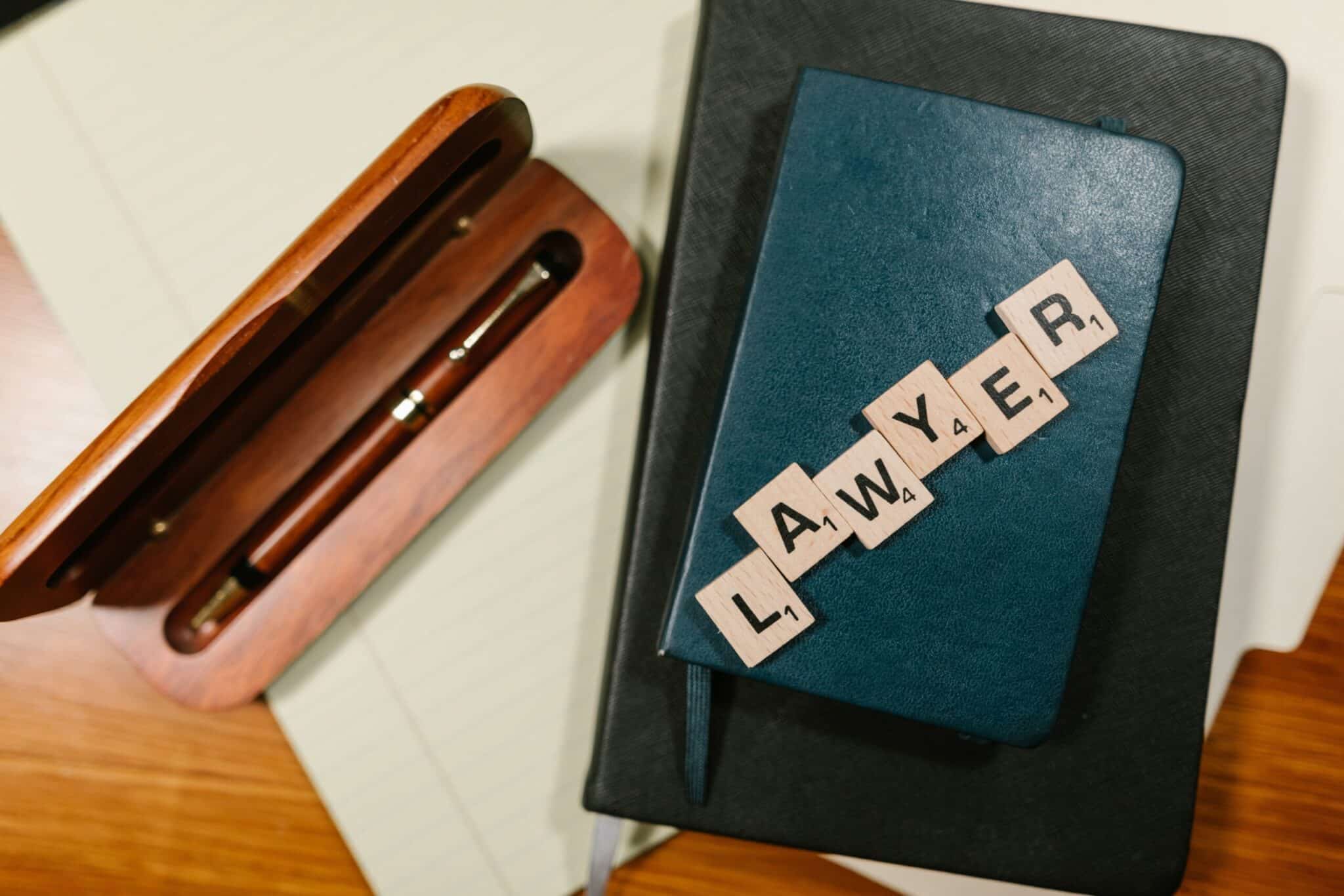What Does A Baltimore Plaintiff’s Lawyer Do in a Car Accident Case?

In any civil action, the person, or people, if there is more than one, is called a “plaintiff” [ or plaintiffs]. The lawyer on the other side of the case is typically referred to as “defense counsel”. An injured person who brings a legal claim is a personal injury Plaintiff. There are many types of plaintiffs, or more appropriately, there are plaintiffs who bring any number of legal claims. Examples would be
- Wrongful death
- Breach of contract
- Insurance bad faith or unfair settlement practices
A plaintiff’s lawyer, also known as a plaintiff’s attorney or a plaintiff’s counsel, is a legal professional who represents individuals or entities (referred to as plaintiffs) in civil lawsuits. Their primary role is to advocate for the interests and rights of their clients who are seeking compensation or other remedies for harm, injury, or losses they have suffered. A personal injury attorney is a type of plaintiff’s attorney, so these terms are not completely distinct. Perhaps a better way to look at it is to view a personal injury attorney as a specie of plaintiff’s lawyer. It has been said that all personal injury attorneys are plaintiff’s attorneys, but not all plaintiff’s attorneys are personal injury attorneys. Other plaintiffs’ lawyers could be specializing in any number of other legal fields. The bottom line on both plaintiff’s lawyers, generally, and personal injury lawyers, specifically, represent individuals who are initiating a lawsuit. There is a difference in the scope of what these two types of attorneys typically handle. A plaintiff’s attorney is a broader term that encompasses any attorney who represents a client initiating a lawsuit. This could be in any field of law, from contract disputes to property law, family law, civil rights violations, and indeed personal injury cases. On the other hand, a personal injury attorney is a type of plaintiff’s attorney who specifically handles cases involving physical or psychological injuries, usually due to negligence or wrongful actions of another party. This could include cases related to automobile accidents, medical malpractice, workplace injuries, slip and fall accidents, product liability, and other incidents where a person has been harmed.
The precise role of the plaintiff’s lawyer is fungible. In part, this will depend on the case type. for example, the role of plaintiff’s lawyer in a commercial breach of contract case, or a defamation of character case, might be much different than that of a personal injury lawyer in a serious Baltimore car accident lawsuit. Most significantly, the role, or activities of a lawyer can be set by agreement or practice between lawyer and client. Despite these distinctions and variation of degree, there are some key characteristics and responsibilities typically associated with a plaintiff’s lawyer:
- Client Representation: A plaintiff’s lawyer works closely with their clients to understand their case, gather relevant information, and develop a legal strategy to pursue their claims. They act as the voice of the client throughout the legal process, ensuring their rights are protected and their concerns are addressed.
- Legal Analysis and Research: These lawyers conduct comprehensive legal research to understand the relevant laws, regulations, and precedents that apply to their clients’ cases. They analyze the facts, assess the strength of their client’s claims, and identify potential legal theories or arguments that support their position. The thorough personal injury lawyer likewise identifies legal decisions and principles that are contrary to the desired result, and takes steps to minimize any impact.
- Case Preparation: Plaintiff’s lawyers are responsible for preparing and organizing the necessary documentation, evidence, and exhibits to support their clients’ claims. This may involve gathering medical records, witness statements, expert opinions, and any other relevant information to build a persuasive case. The thorough plaintiff’s lawyer may consult with potential experts, both to determine the precise area of expertise needed and to further cull and identify the most suitable expert from the pool of potential experts.
- Negotiation: Before proceeding to trial, and indeed in many instances prior to filing a lawsuit, plaintiff’s lawyers often engage in negotiation or settlement discussions with the opposing party, insurance company adjusters or their legal representatives. They aim to reach a fair and favorable resolution for their clients, which may involve monetary compensation, corrective actions, or other forms of relief.
- Litigation: If a settlement cannot be reached, a plaintiff’s lawyer proceeds to trial and represents their clients in court. The general label “ligation” certainly includes the ultimate day in court, or trial. However, the concept is far more expansive. At trial, plaintiff’s lawyers present arguments, examine and cross-examine witnesses, introduce evidence, and advocate for their client’s interests before a judge or jury. Prior to trial, the thorough Plaintiff’s lawyer may have:
-
- deposed the other party or any witnesses
- obtained relevant documents, records, and other information
- deposed or obtained the reports of experts
- retained experts
- submitted written questions to the other side, and analyzed the answers.
- filed motions with the court
- participated in mediation and other settlement conferences
- Advocacy: Plaintiff’s lawyers are necessarily advocates for their clients. They articulate their clients’ positions clearly and persuasively, using their legal knowledge, training, and skills to present arguments in court. The thorough Plaintiff’s lawyer develops measures and strategies to overcome weaknesses and counter the opposing party’s claims.
- Strategy/Tactics: These lawyers develop strategic plans tailored to the specific circumstances of each case. They consider the strengths and weaknesses of their client’s claims, assess potential risks, and devise effective strategies designed to have the greatest chance to achieve the best possible outcome. Developing a strategy is only half of this equation. It has been said that strategy typically encompasses the broader, long-term planning and decision-making process. It focuses on defining overarching objectives and determining the best approach to achieve those objectives. In a lawsuit, the strategic plan is always to win at trial or force settlement on favorable terms. Tactics, on the other hand, deal with the specific actions taken to implement the strategy and achieve short-term goals within the larger strategic framework. The thorough plaintiff’s lawyer employs tactical devices such as discovery and motions practice, and methods designed to strategic the strategic end.



